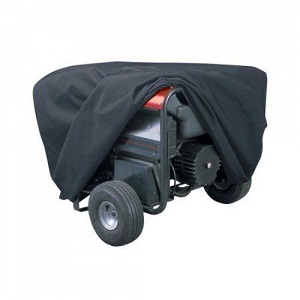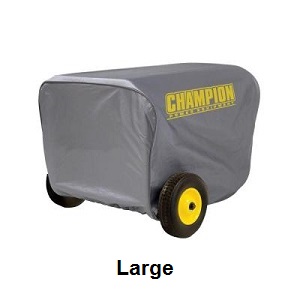Would you like to know what one of the best ways is to get rid of pesky weeds and pests and some diseases as well? It is to solarize your soil.
This technique is largely used in areas that have abundant sunshine and high temperatures. However, it can be adapted for cooler areas as well. The results may not be quite as effective, but it can do wonders in your battle against weeds.
What exactly is solarization? It is a technique that does not use chemicals, but it captures the sun’s radiant heat and energy which, in turn, causes physical, biological and chemical changes in the soil.
These changes are able to control or eliminate soil borne plant pathogens including bacteria, fungi, pests, and nematodes along with weeds.
In order to solarize the soil, you must cover it with a clear plastic tarp for approximately 4 to 6 weeks during a time of the year when it is very hot and when the soil will be able to receive maximum direct sunlight.
The soil heats up to temperatures that are hot enough to kill some soil inhabiting pests including root rot fungi, wilt, noxious weed seed and root knot nematodes.
Soil solarization also stimulates the releasing of nutrients from organic matter that is present in the soil. It is very effective in treating garden soils where it is intended to plant herbs, vegetables and flowers.
Now that you know what soil solarization is, you may want to give it a try to your soil rather than using different chemicals to control weeds and other pesky little critters!
Defining Garden Edging
Maintaining a well-manicured garden means constant digging, mowing, trimming, planting, and fertilizing. Weeds, stray grass, wild flowers seem to pop out of nowhere and they constantly spread throughout your garden. To keep the beauty of your lawn, you need garden edging.
Garden edging is an easy and cheaper way of giving your garden a clean and well-maintained look. A neat bed edge gives your garden a polished and professional finish but beneath the good looks lays some purposes. Edging can be merely functional but it can also combine beauty with function. Garden edging defines a space that separates grass from plant beds, ground covers, and walk paths. It creates an effective border control over the potential turf war between perennials and surrounding grass. Edging in your garden keeps mulch from washing away. Mulch is a protective cover that is placed over the soil to keep moisture, maintain nutrients, and prevent erosion. Garden edging also protects your garden beds from curious pets like dogs and cats, playful kids, and rabid lawnmowers.
You can select from a variety of manufactured edgings available at landscape and gardening stores or you can create your own edgings made from natural or recycled materials. Examples of edgings made from natural materials are stones, shells, and large chunks of wood branches. If your garden is a work in progress and you think you haven’t yet discovered the perfect edging, natural materials are the best because they decompose over time especially large chunks of wood branches.
You can also use recycled materials like empty wine bottles by inserting the bottles into the soil around beds. To create a dramatic effect, you can push bottles into the soil with varying depths or use glass bottles with different colors.
Cheaper manufactured garden edging are usually hose-like, fence-type, and made of rubber or plastic. You will find these cheaper types of garden edging durable and easy to install. The more expensive types of garden edging are made of brick pavers and stones. While these edgings are expensive and require more works in installing, they add lasting beauty to your garden. However, when you decide to use expensive garden edgings, make sure that you have finally decided on your landscape to avoid wasting your efforts and money. On the other hand, garden edging made of wood is more sturdy and longer-lasting than cheaper manufactured garden edging but it is prone to decay and cracks than the expensive types of manufactured garden edgings.
Deciding which of type of garden edging to use is a matter of personal choice. If you think your choice of landscaping for your garden is still temporary, opt for the cheaper types of garden edgings or choose natural and recycled types like stones, shells, or old wine bottles. Aside from being eco-friendly, natural and recycled types of garden edgings allow you to be creative and play with unique ideas some people may not even thought of before. On the other hand, if you have already decided on your permanent garden landscape, expensive types of garden edgings are ideal.
Browse Additional Portable Generator Covers and Other Generator Accessories
Shop Portable Generator Covers and Accessories


